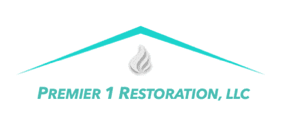Arizona's
Water Damage-Mold-Insurance Specialists
Got Water Damage ?
Immediate action is imperative. We have the latest "state of the art" drying and water removal equipment
and the certified skills to get your home or business back to normal ASAP.
Get In Touch
.2 24/7 Emergency Service
Anytime, Day or Night
Insurance Approved
We Work With Your Insurance Company
ARIZONA SERVICE AREAS
Water Damage Near Me Ahwatukee AZ, Water Damage Near Me Anthem AZ, Water Damage Near Me Avondale AZ, Water Damage Near Me Buckeye AZ,
Water Damage Near Me Cave Creek AZ, Water Damage Near Me Carefree AZ, Water Damage Near Me Chandler AZ, Water Damage Near Me El Mirage AZ,
Water Damage Near Me Fountain Hills AZ, Water Damage Near Me AZ, Water Damage Near Me Glendale AZ, Water Damage Near Me Goodyear AZ,
Water Damage Near Me Litchfield Park AZ, Water Damage Near Me Mesa AZ, Water Damage Near Me New River AZ, Water Damage Near Me Peoria AZ,
Water Damage Near Me Paradise Valley AZ, Water Damage Near Me Phoenix AZ, Water Damage Near Me Scottsdale AZ, Water Damage Near Me Sun City AZ,
Water Damage Near Me Sun City West AZ, Water Damage Near Me Sun Lakes, AZ, Water Damage Near Me Surprise AZ, Water Damage Near Me Tempe AZ,
Water Damage Near Me Tolleson AZ, Water Damage Near Me Wadell AZ, Water Damage Near Me Wickenberg AZ, Water Damage Near Me Wittman AZ,
Water Damage Near Me Youngtown AZ.
Premier 1 Restoration, llc. Copyright © 2022 All Rights Reserved.
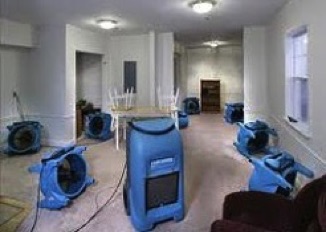
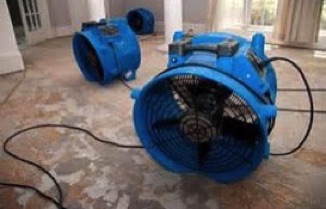
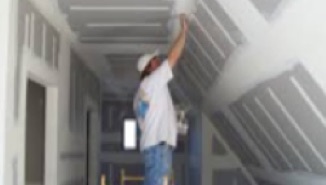

Water Damage Insurance Claim
It is often the case that untreated water damage or inadequate cleanup and drying procedures can lead to mold growth caused by nothing more than a common plumbing or air conditioning leak. It becomes the responsibility of the property owner/policy holder to employ a qualified contractor to properly assess and treat the damage at the first onset by utilizing proper cleanup and drying procedures.
Restoration Procedures:
The first priority is to identify and eliminate safety and health hazards by limiting or mitigating further damage. State of the art equipment is utilized for water removal, proper structural drying of walls, flooring, and cabinetry to prevent microorganism growth by performing anti microbial treatments and creating a controlled environment of proper drying.
What Qualifies Under (Water Damage) Secondary damage:
Wet structure - walls, ceilings, cabinetry, flooring, air ducts, etc. Usually caused by a broken pipe or leaking water pipe, drain, condensation lines, slab leaks, or storm related damage.
Who Pays for Mitigation, and Restoration Repairs? :
Secondary damage, or (water damage) is covered under a standard homeowners policy. Although the repair of the plumbing leak is not normally covered, the cost of repairing any secondary damages caused by the leak is. Including any access charges incurred to repair the initial problem such as accessing through the drywall or a concrete slab in order to make the repairs. In fact, ignoring the damage may constitute negligence on the part of the policy holder. The claim may later be denied by the insurance carrier if it wasn’t addressed at the time it was discovered. This is why it is imperative to address the problem immediately, protect your property, and minimize any further damage.
Rates for Emergency Water Damage Service:
A legitimate contractor will bill the insurance claim directly through a recognized insurance carrier in order to prevent the out of pocket expense for the property owner. Insurance repair rates are based on established estimating software that determines these repair rate allowances such as Xactimate® that is approved and utilized by insurance companies and repair contractors nationwide.
Customer Rights:
The policy holder always retains the right to select any licensed contractor of their choice. Nowhere in any standard homeowner insurance policy does it specify that you must wait for your insurance carrier to approve of any certain vendor. Nor does the term “lowest” or “cheapest” ever occur in a homeowner policy. The policy holders are entitled to quality materials and workmanship equivalent to their pre-damaged condition as well as reasonable and customary emergency expenses and replacement costs to put their property back to normal.
Approved Insurance Carriers
Allstate, American Family, Amica, Century National, Chubb, Country Companies, Encompass, Farmers, Farm Bureau, Fireman’s Fund, Hartford, Liberty Mutual, Met Life, Prudential, Safe Co, State farm, Statewide, Travelers, USAA, and More .
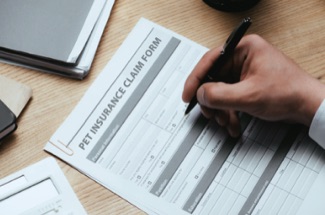
What are the differences between fire damage restoration and water damage restoration?
Fire and water damage are among the most common disasters that can affect any residential or commercial property. Both can cause severe damage to the structure, contents, and the overall safety of the property. However, the restoration process for fire damage differs significantly from that of water damage. In this article, we will discuss the differences between the restoration processes for fire damage and water damage restoration.
Although the restoration process for fire and water damage shares some similarities, there are several differences that make them unique. Damage Type: Fire damage typically affects the structure and contents of the property, while water damage affects the property’s structure and contents and can lead to mold growth. Restoration Process: The restoration process for fire damage involves removing smoke and soot, repairing structural damage, and restoring contents. Water damage restoration, on the other hand, involves removing standing water, drying the of wet structure, and preventing mold growth. Equipment and Techniques: Fire damage restoration requires specialized equipment and techniques such as air scrubbers, ozone machines, and dry ice blasting to remove smoke and soot. Water damage restoration, on the other hand, requires the use of water extraction equipment, dehumidifiers, air movers, and digital moisture meters to document the progress of the drying and to accelerate evaporation of structural moisture while preventing further damage or potential mold growth. Safety Concerns: Fire damage restoration poses several safety concerns due to the risk of exposure to hazardous materials such as asbestos and lead. Water damage restoration poses a risk of electrocution due to the presence of standing water and electrical outlets. Time Frame: The time frame for fire damage restoration is typically longer than water damage restoration due to the complexity of the restoration process and the time line of most property insurance companies.


